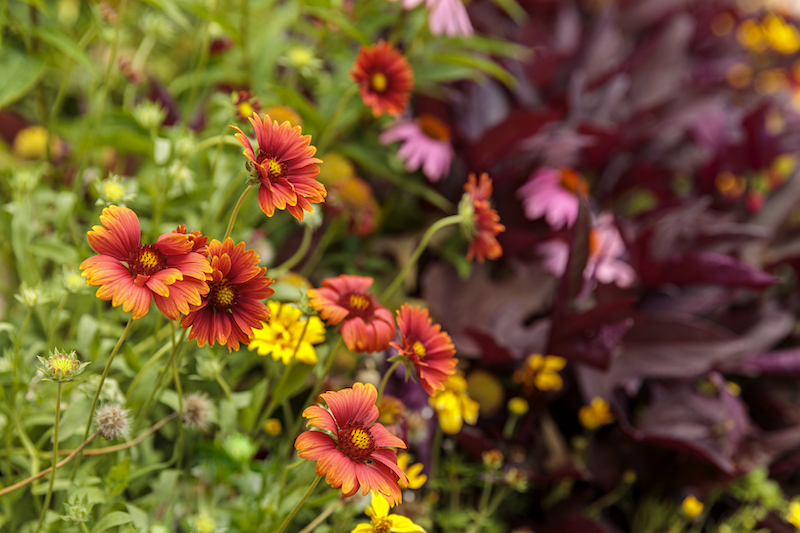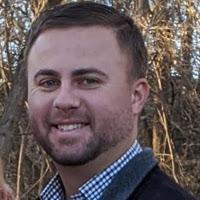Blanket flowers, or Gaillardia, are known for their bright and vibrant petals that add a pop of color to any garden. However, sometimes these flowers may not bloom, or the buds may not open. This can be frustrating for gardeners looking forward to enjoying the beauty of these flowers. The blooming season for blanket flowers is typically in the summer, from June to September. If your blanket flowers are not flowering or the buds are not opening during this time, there may be a few reasons why.

Common Reasons Why Blanket Flower Isn’t Blooming
There are several common reasons why blanket flower may not be blooming. One possible cause is improper pruning. If the plant is pruned too heavily or at the wrong time, it may not have enough energy to produce flowers. Another factor to consider is fertilization. Blanket flowers are light feeders, and excess fertilization can prevent the plant from blooming. Sunlight is also essential for the blooming of blanket flowers. These plants thrive in full sun, so ensure they get at least 6-8 hours of sun a day. Remember, these plants are drought tolerant once established and do not require supplemental watering. Avoid overwatering, which can prevent blooming and lead the plant's demise. If the plant is in a container, it may not have enough space for the roots to grow, which can affect its ability to bloom. Checking and addressing these potential issues can help encourage your blanket flower to bloom.
Pruning Blanket Flower To Help It Bloom
Pruning can help encourage your blanket flower to bloom. It's important to prune at the right time, typically after the plant has finished blooming. Pruning during the blooming season or just prior can prevent the plant from flowering. When pruning, remove any dead or damaged stems and any faded flower stems at the base of the plant. This will help the plant focus its energy on producing flowers instead of vegetative growth. It's also important not to prune too heavily, as this can weaken the plant and prevent it from blooming. Light pruning once or twice a year should be sufficient to encourage blooming.

Fertilizing Blanket Flower To Help It Bloom
Blanket flowers are adapted to growing in poor soils and do not require fertilizer. If you choose to fertilize this plant, apply the product at one-half or one-quarter the strength indicated on the label. To much nitrogen is likely to cause leggy growth and can inhibit blooming.
Get Blanket Flowers To Produce More Blooms
If your blanket flower plant is not producing enough blooms or you want to encourage it to bloom again, there are a few things you can try. One method is to deadhead the flowers. Deadheading involves removing the spent blooms from the plant to encourage it to produce more flowers. This is best done when the blooms start to fade or wilt. Additionally, make sure the plant is getting enough sunlight. These plants thrive in full sun and well-drained soil, so ensure they get these optimal conditions. Avoid overwatering, which will stress this drought-tolerant plant and eventually lead to rot. Finally, to keep your blanket flower blooming, remove any damaged or diseased stems as soon as possible to prevent the spread of any problems.

Why Blanket Flower Isn’t Blooming
- Blanket flowers need at least 6 hours of direct sunlight daily to thrive. If the plant is not getting enough sunlight, it may not produce as many blooms.
- Over-fertilizing or using a fertilizer that is high in nitrogen can cause the plant to produce excessive foliage growth at the expense of flowers.
- Blanket flowers are generally disease resistant, although powdery mildew and aster yellows can damage blanket flowers and prevent them from blooming.
- Blanket flowers prefer well-draining soil with a pH of 5.5-7.0. If the soil is waterlogged or too rich, blooming may be stunted.
- Young blanket flower plants may not bloom as heavily in their first season as they establish themselves.
 |
Author Chris Link - Published 1-29-2023 |
